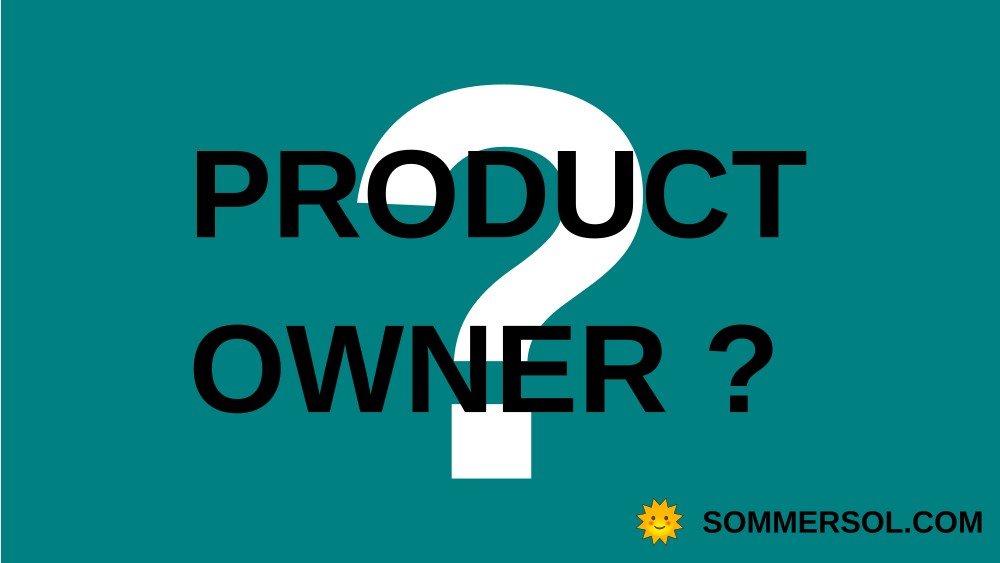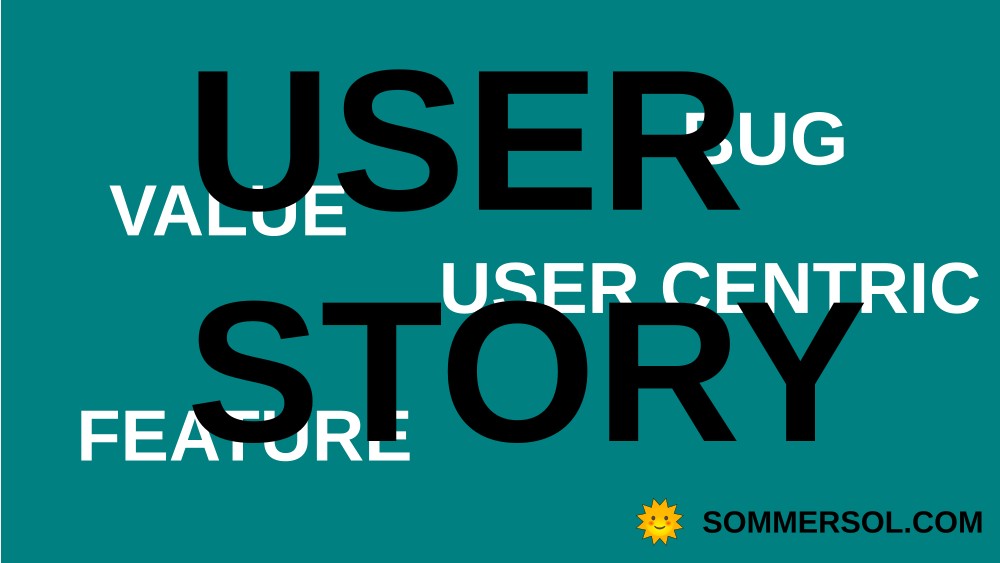
Outcome-Driven Feature Prioritization for Agile Teams | Alfa Sommersol
Learn how focusing on business outcomes instead of features can lead to better decision-making, faster delivery, and more value for your customers.

Imagine stepping into the role of a Product Owner for the first time. It can be overwhelming, especially if you're new to the position. The demands and responsibilities of a Product Owner require a comprehensive understanding of agile methodologies, effective communication, and strategic thinking. In this guide, we will explore the key aspects of being a Product Owner and provide valuable insights and tips to help you navigate your new role.
17.07.2023
Alfa Sommersol
As a new, first-time or junior Product Owner, Project Manager, or Product Manager, you may find yourself facing various challenges and uncertainties. This guide aims to prepare you for the demands of your role and provide you with the necessary product owner skills and knowledge to succeed.
The Product Owner plays a pivotal role in software development, particularly within Agile software development. Acting as the bridge between stakeholders and the development team, the Product Owner ensures that the product meets customer needs and delivers value. Key responsibilities include defining the product vision, managing the product backlog, prioritizing user stories, and providing clear requirements to the development team.
While it is essential to familiarize yourself with the agile principles, it is equally important to understand that real-life scenarios require flexibility and adaptation. Empathy, individual concepts, and customized approaches often play a significant role in achieving success as a Product Owner.
Whether you join a new team or replace an existing Product Owner, you will face unique challenges. When starting with a new team, you have the freedom to shape the processes and culture. However, replacing an existing Product Owner may require a different approach, as you need to align with the existing team dynamics and learn from past experiences.
To be an effective Product Owner, you must understand the product, the target audience, and the team you'll be working with. Gain insights into the value the product brings and the company's objectives. Dive deep into the product's purpose, whether it solves a specific problem, fulfills a legal requirement, or aims to outperform competitors.
Additionally, familiarize yourself with the team's composition and dynamics. Understand their skills, strengths, and areas for improvement. Consider the team's mentality and culture, as these factors can significantly impact their performance and collaboration.
A strong product strategy is the foundation for success. It involves defining the product vision, identifying the target market, and outlining the key features and functionalities. Engage with stakeholders, customers, and the development team to gather insights and align everyone's expectations.
As a Product Owner, your role is not to micromanage or dictate tasks but to empower the team to take ownership. Clearly articulate your vision and objectives, allowing the team to ideate and propose their own work items and tickets. Foster a sense of autonomy and responsibility, ensuring that each team member understands the project's goals and can contribute effectively.
While maintaining team autonomy, collaborate with the team to prioritize the backlog. Regularly review and refine user stories, ensuring they align with the product vision and customer needs. Provide guidance and support in backlog management, but also encourage the team to take ownership of their work items.
Effective communication is vital for successful product development. Establish clear and consistent channels of communication with your team, stakeholders, and other relevant parties. Consider whether your team is co-located or distributed, as this will influence the communication tools and methods you use.
When it comes to meetings, ensure they have a clear purpose and agenda. Share the agenda in advance, so team members can come prepared. Keep meetings concise and focused, encouraging active participation and collaboration. Emphasize the importance of small, purposeful meetings to avoid wasting time and energy.
In addition to formal meetings, leverage communication tools like Slack, Microsoft Teams, or Google Meet for day-to-day interactions. Foster a culture of open communication, where team members feel comfortable sharing their ideas, concerns, and progress.
As a Product Owner, you'll rely on various tools and software to manage the product development process. The choice of tools often depends on your company's preferences and practices. Popular tools include Jira, Trello, Azure DevOps, and Asana.
Familiarize yourself with the chosen tool of your organisation and its features. Learn how to create and manage user stories, track progress, and collaborate with the development team. Ensure you understand how to prioritize and assign tasks, set milestones, and generate reports.
Invest time in exploring the capabilities of the tool and leverage its full potential. Seek online courses or resources to deepen your knowledge and discover best practices. Utilize the tool as a central hub for communication, planning, and monitoring, streamlining your workflow and enhancing productivity.
As a Product Owner, you play a crucial role in ensuring project success. Define product value key metrics and indicators to measure the progress and impact of your product. Monitor these metrics regularly and communicate the results to stakeholders and the team.
Metrics can vary depending on the project and industry. Examples include business value , customer satisfaction, and product adoption rates. Align the chosen metrics with the project's objectives and regularly assess progress toward achieving them.
In addition to quantitative metrics, recognize and celebrate qualitative successes. Praise team members for their contributions and acknowledge their efforts. Building a positive and supportive work environment fosters motivation, engagement, and collaboration.
Never hesitate to seek guidance and advice from experienced Product Owners, Project Managers, or Agile practitioners. Connect with professionals within your organization, attend industry events, or join online communities. Engaging with others in similar roles allows you to learn from their experiences and gain valuable insights.
If you find yourself struggling or unsure about certain aspects of your role, consider finding a mentor. A mentor can provide guidance tailored to your specific challenges and help you develop the necessary skills for success.
Remember, being a Product Owner is a continuous learning journey. Embrace opportunities for growth, seek feedback, and stay curious. With time and experience, you will refine your skills and become a proficient and effective Product Owner.
Becoming a Product Owner can be both challenging and rewarding. It requires a combination of technical knowledge, effective communication, strategic thinking, and people management skills. By following the steps outlined in this guide and leveraging your unique strengths, you can navigate your new role with confidence and success.
Remember, as a Product Owner, you are the driving force behind the product's success. Embrace adaptation and flexibility, collaborate with your team, and establish clear communication channels. Craft a strong product strategy, empower your team, and leverage the right tools to streamline your workflow.
Measure project success through both quantitative and qualitative metrics, and never hesitate to seek guidance and support from experienced professionals. Embrace the continuous learning journey and stay curious about new methodologies, trends, and best practices.
By embodying the demands of being a Product Owner and continuously striving for improvement, you will provide value to your stakeholders, deliver successful products, and make a significant impact in the world of agile development.
Now, let's embark on this exciting journey together and excel in the role of a Product Owner!
Comment 💬 and like 👍 this article on LinkedIn

Learn how focusing on business outcomes instead of features can lead to better decision-making, faster delivery, and more value for your customers.

Learn how to write user stories and prioritize them effectively in agile development, including templates for feature requests and bug reports.

This guide provides valuable insights and tips for anyone interested in understanding the role of a Scrum Master.